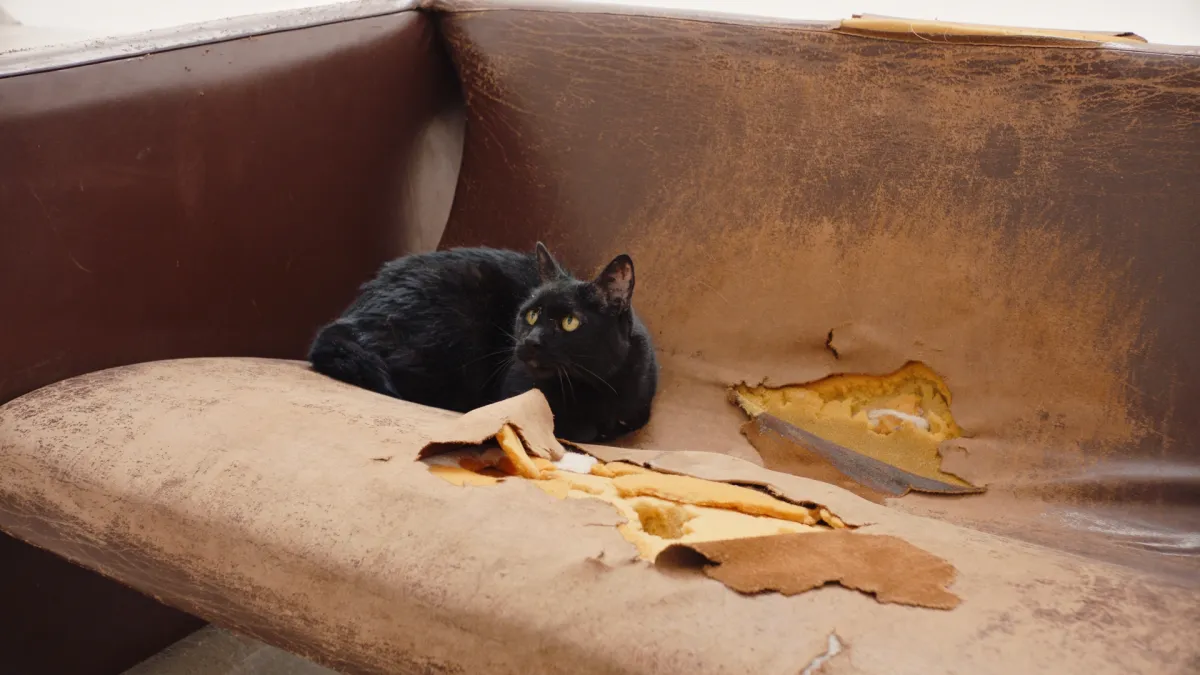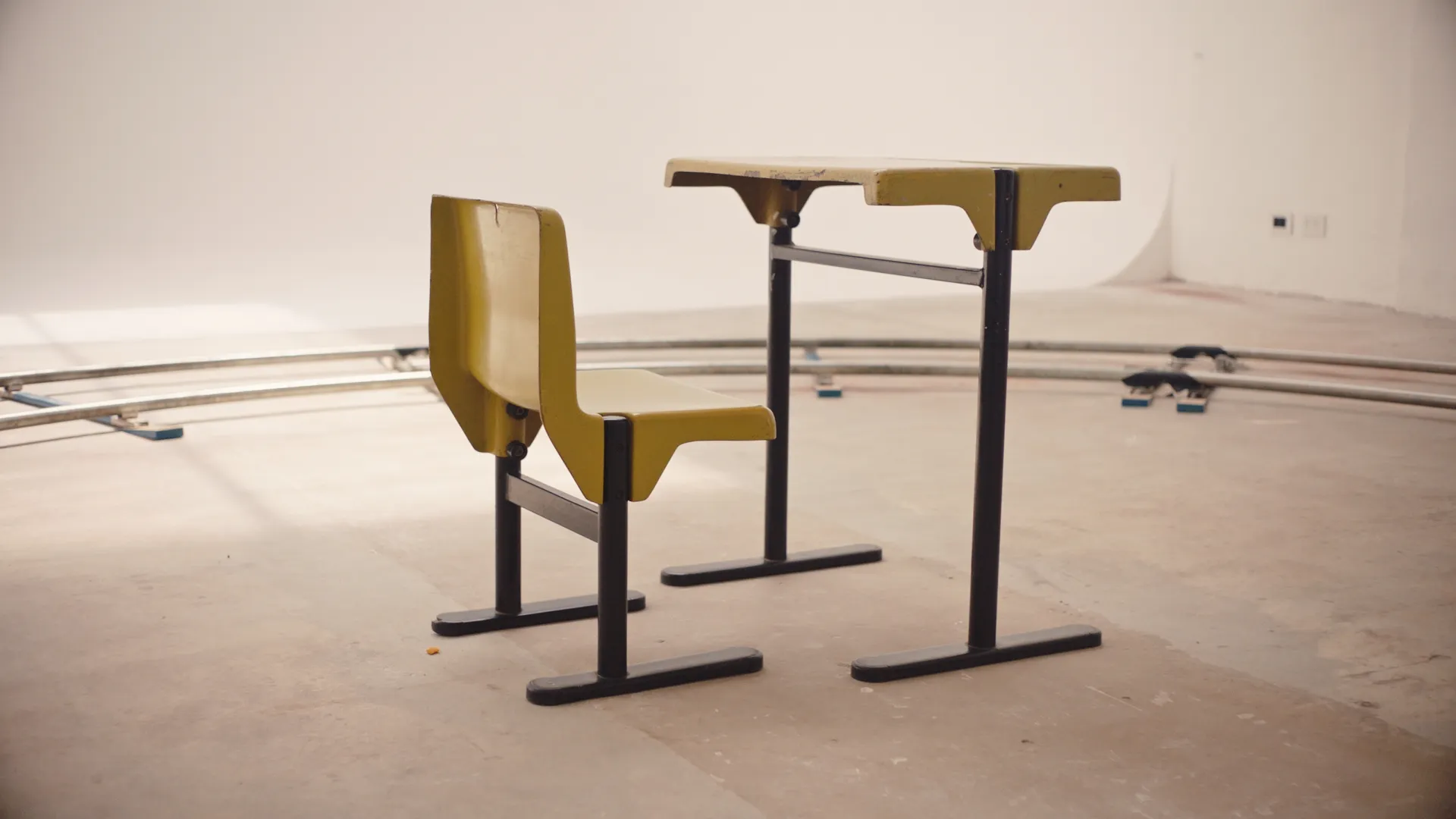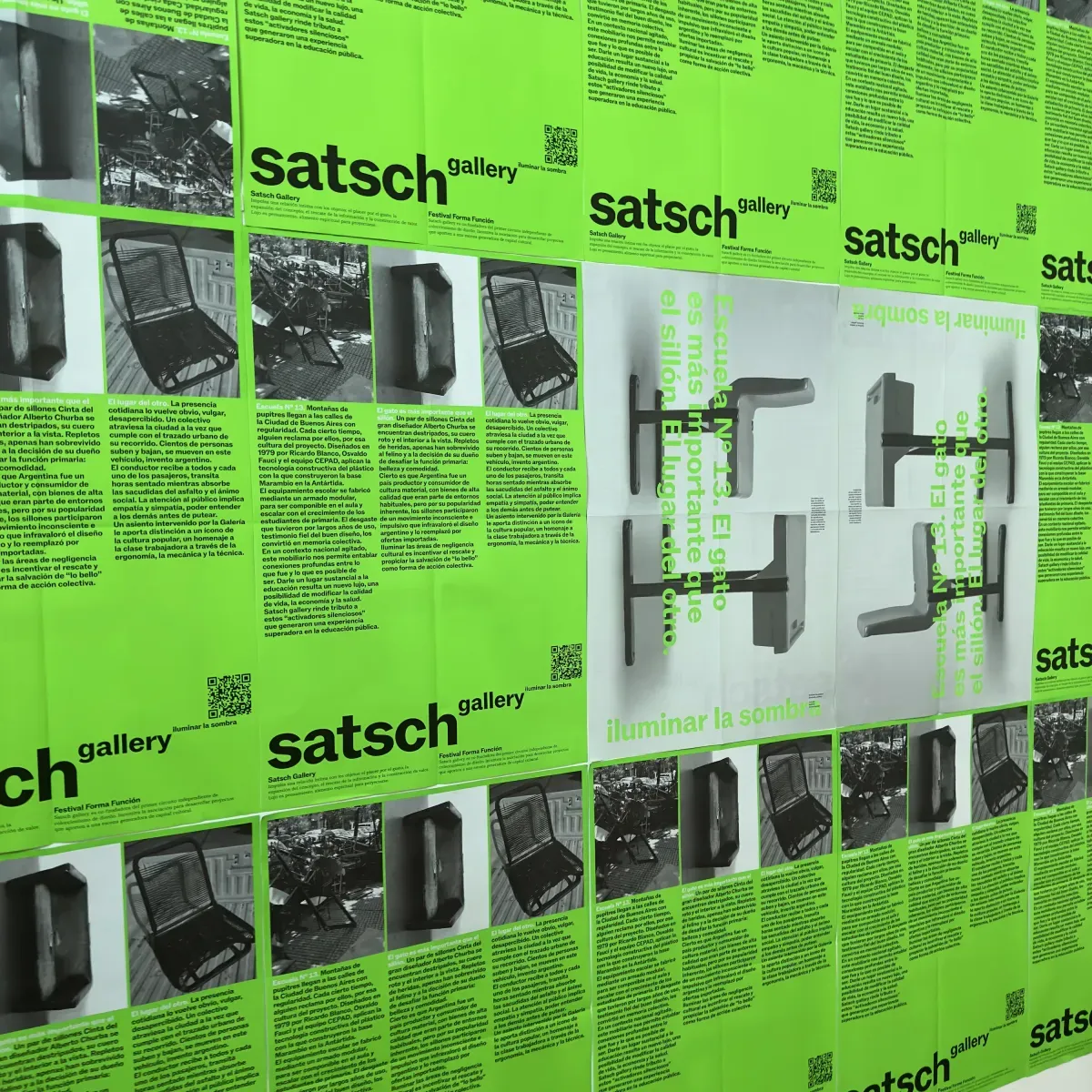Iluminar la sombra
The shadow, as a place of oblivion, is paradoxically a shelter from fashion, which disregards the value of identity and the imprint of time. In that dark zone is kept the deepest part of us, something that remains untouched and waiting to be discovered.
To shed light is to pay attention to those elements, objects and circumstances whose inner strength can reveal to us meanings and experiences accumulated in their conception, in their use and even in the re-reading they obtain today.
Satsch Gallery proposes a space for reflection on the immediate moment, the history of the country and cult objects. An experience that enhances the archaeological gesture of finding pieces that have been marked, cancelled and reconsidered.
Artists: Alberto Churba, Ricardo Blanco & CEPAD, Satsch Gallery ― Curatorship: Satsch Gallery ― GD: Ezequiel Caffaro ― Video: Directors Ramiro Birriel & Milagros Hillar ― DP: Pablo Lozano ― Location: Espinoza Estudios, Buenos Aires ― Date: 11/11/2023
«In the world of ideas and meaning, nothing is lost as long as it is illuminated»
Escuela N* 13
Mountains of desks arrive on the streets of the city of Buenos Aires on a regular basis. Every now and then, someone asks about them, about the culture of the project. Designed in 1979 by Ricardo Blanco, Osvaldo Fauci and the CEPAD team, they use the plastic construction technology with which they built the Marambio base in Antarctica.
The school equipment was built using a modular construction method, so that it can be assembled in the classroom and can be scaled up as the primary school students grow. The wear and tear of many years of use, faithful testimony to good design, turned them into a collective memory.
In a troubled national context, this furniture allows us to make deep connections between what was and what is possible for the future. Giving a substantial place to education is a new luxury, a possibility to change the quality of life, the economy and well-being. Satsch Gallery pays tribute to these "silent activators" who generated a surpassing experience in public education.
El gato es más importante que el sillón
A pair of Cinta armchairs by the great designer Alberto Churba lie gutted, their leather torn and their interiors exposed. Full of wounds, they have barely survived the cat and their owner's decision to defy their primary function: beauty and comfort.
It is true that Argentina was a producer and consumer of material culture, with high quality goods that were part of everyday spaces, but because of their inherent popularity, armchairs participated in an unconscious and impulsive movement that undervalued Argentine design and replaced it with imported offerings.
To illuminate areas of cultural neglect is to encourage the rescue and salvation of "the beautiful" as a form of collective action.
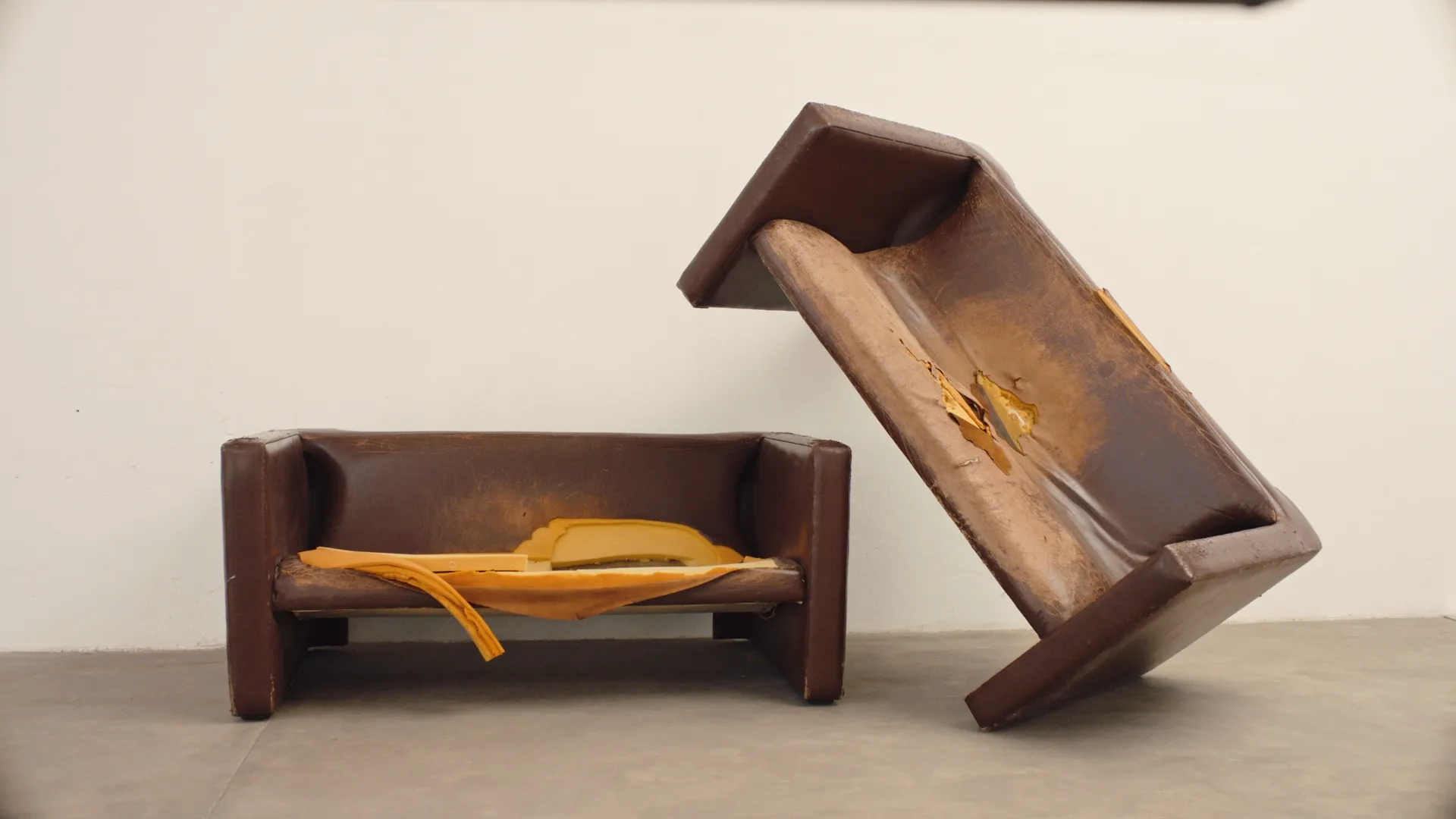
El lugar del otro
Its everyday presence makes it obvious, vulgar, unnoticed. A bus crosses the city at the same time as it follows the urban layout of its route. Hundreds of people get on and off, move about in this vehicle, an Argentine invention.
The driver welcomes each and every one of the passengers, sits for hours while he absorbs the shocks of the asphalt and the social atmosphere. Customer service implies empathy and sympathy, to be able to understand others before whining.
A seat intervened by the gallery brings distinction to an icon of popular culture, a tribute to the working class through ergonomics, mechanics and technique.
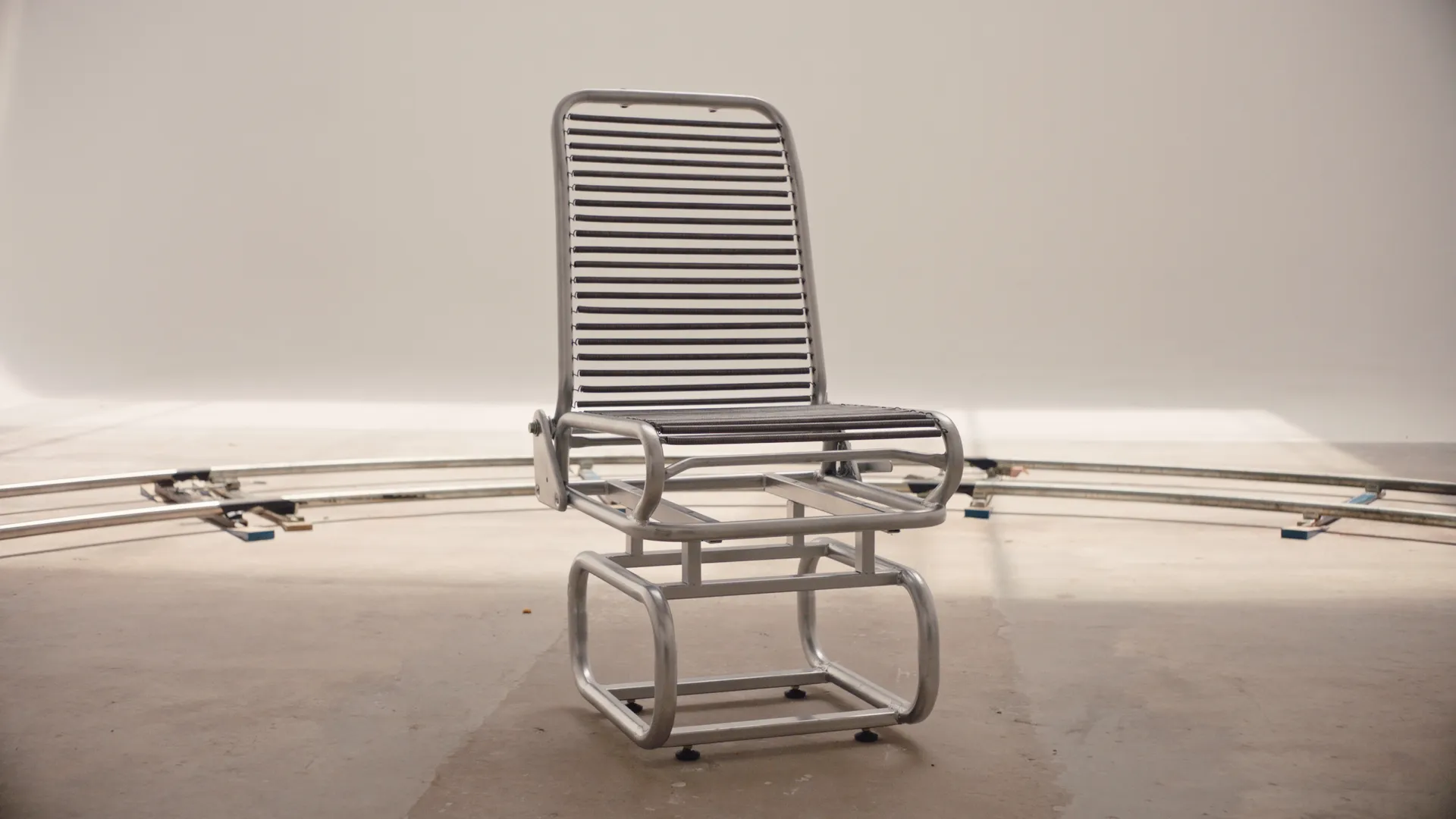

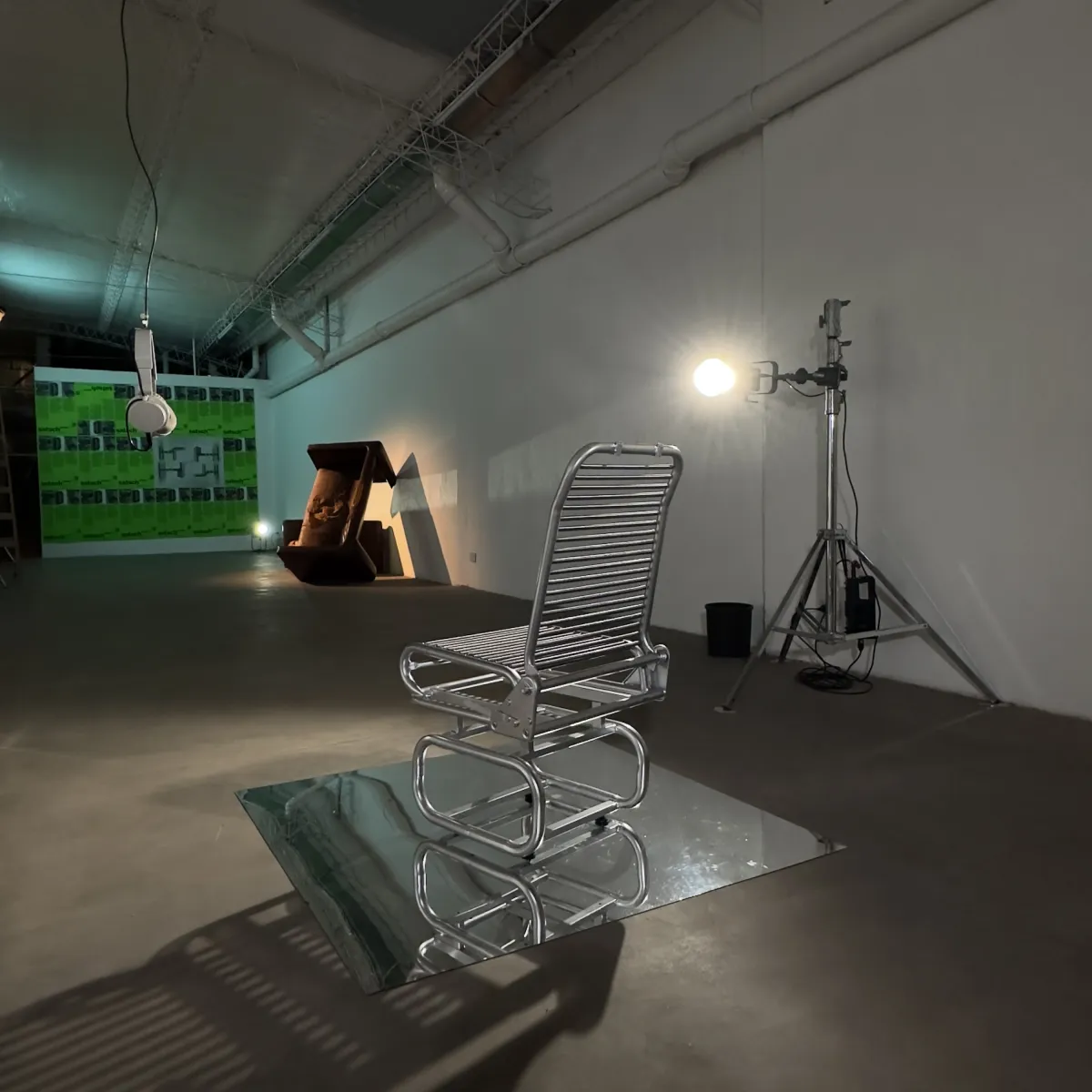
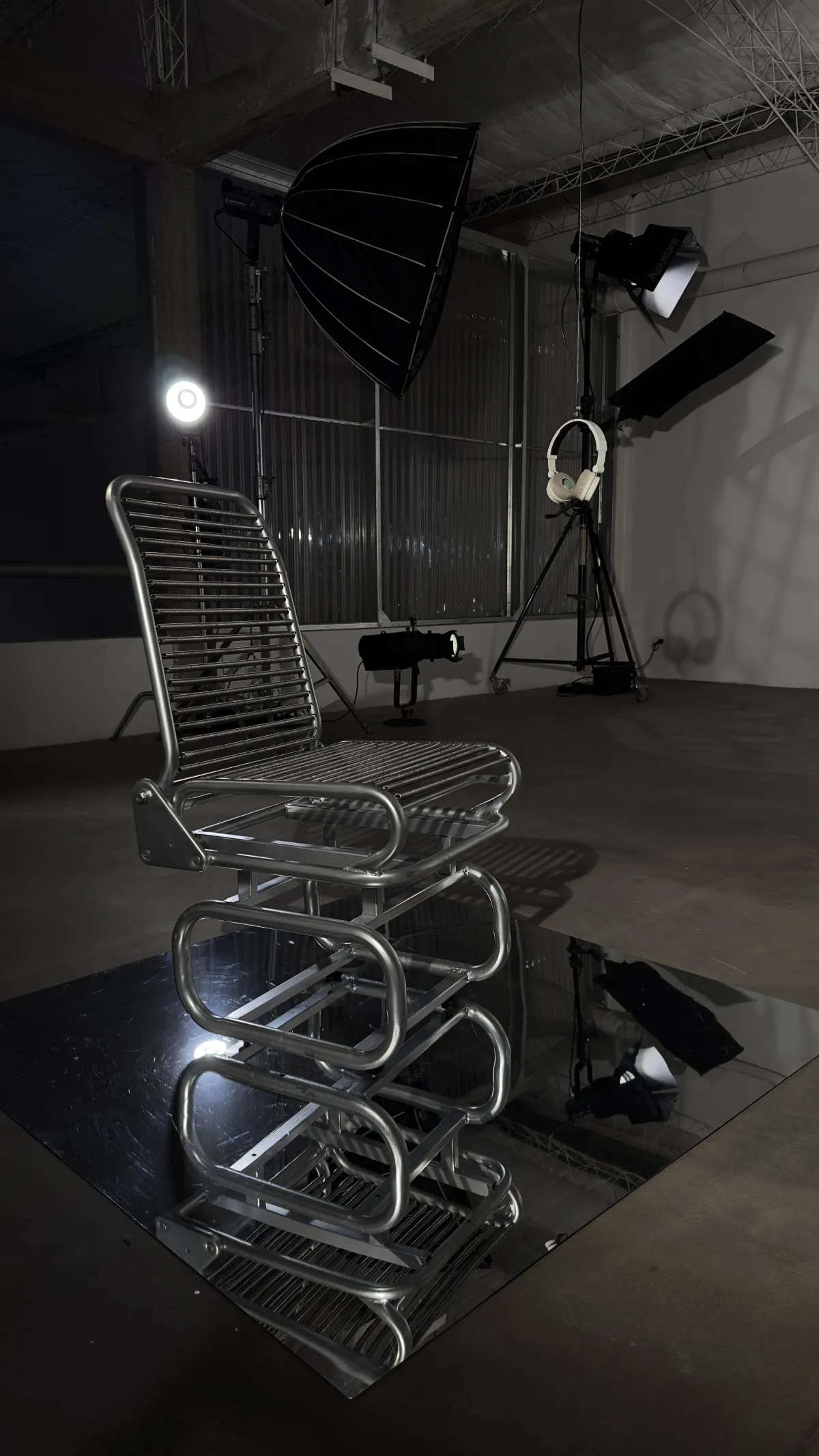
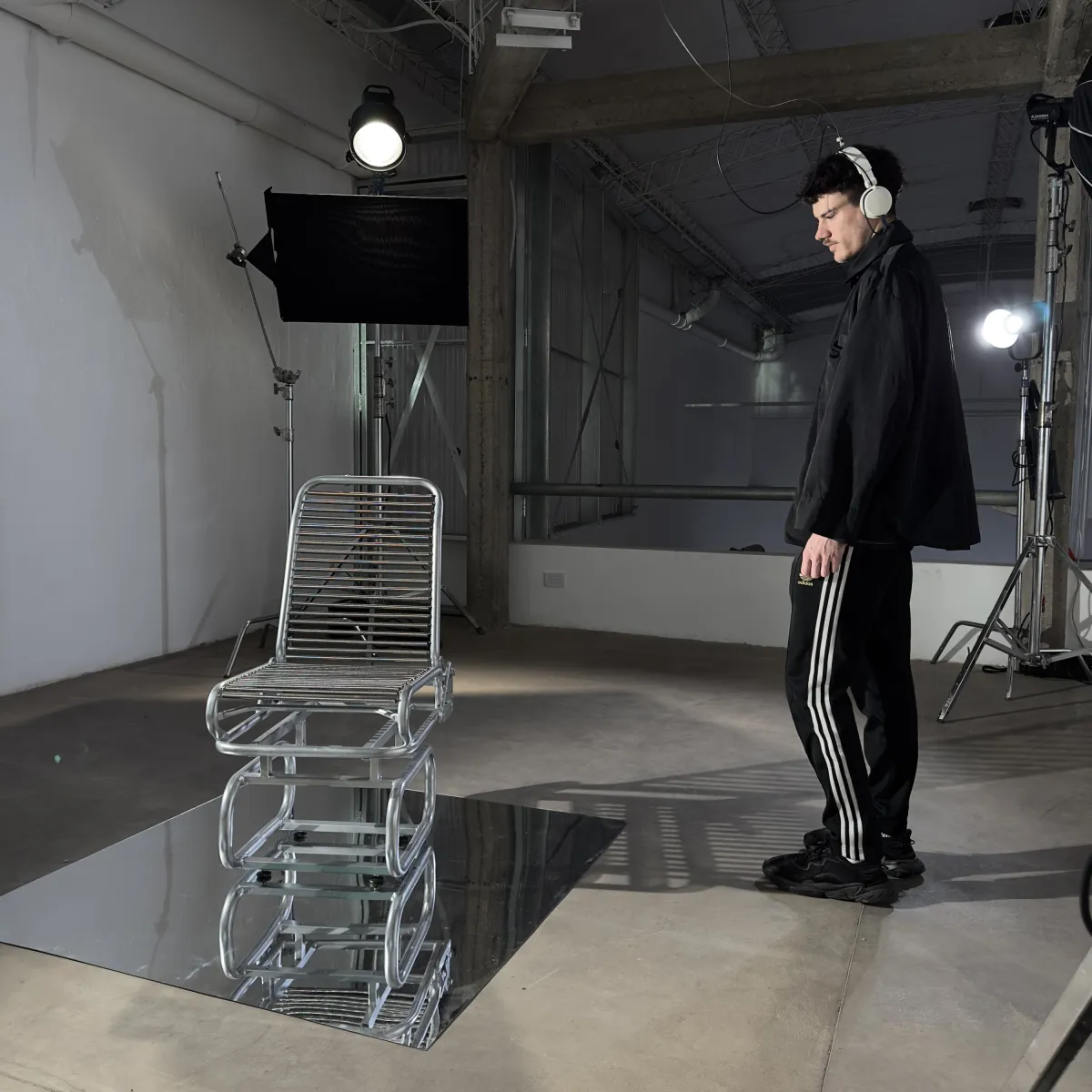
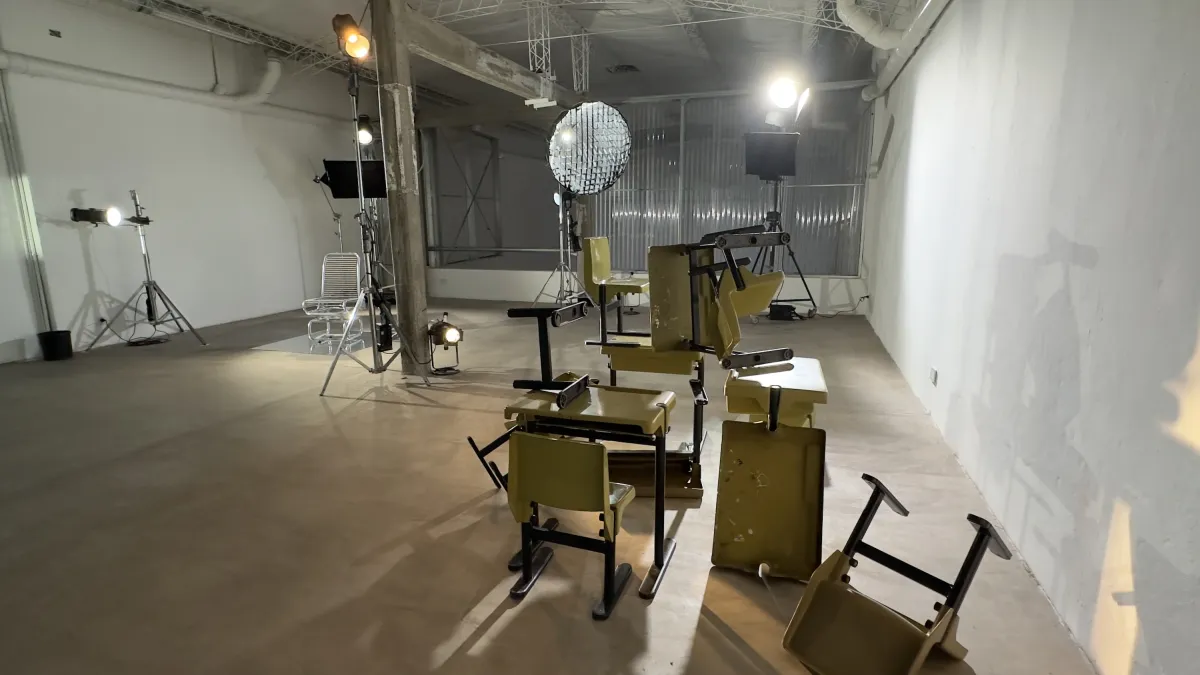
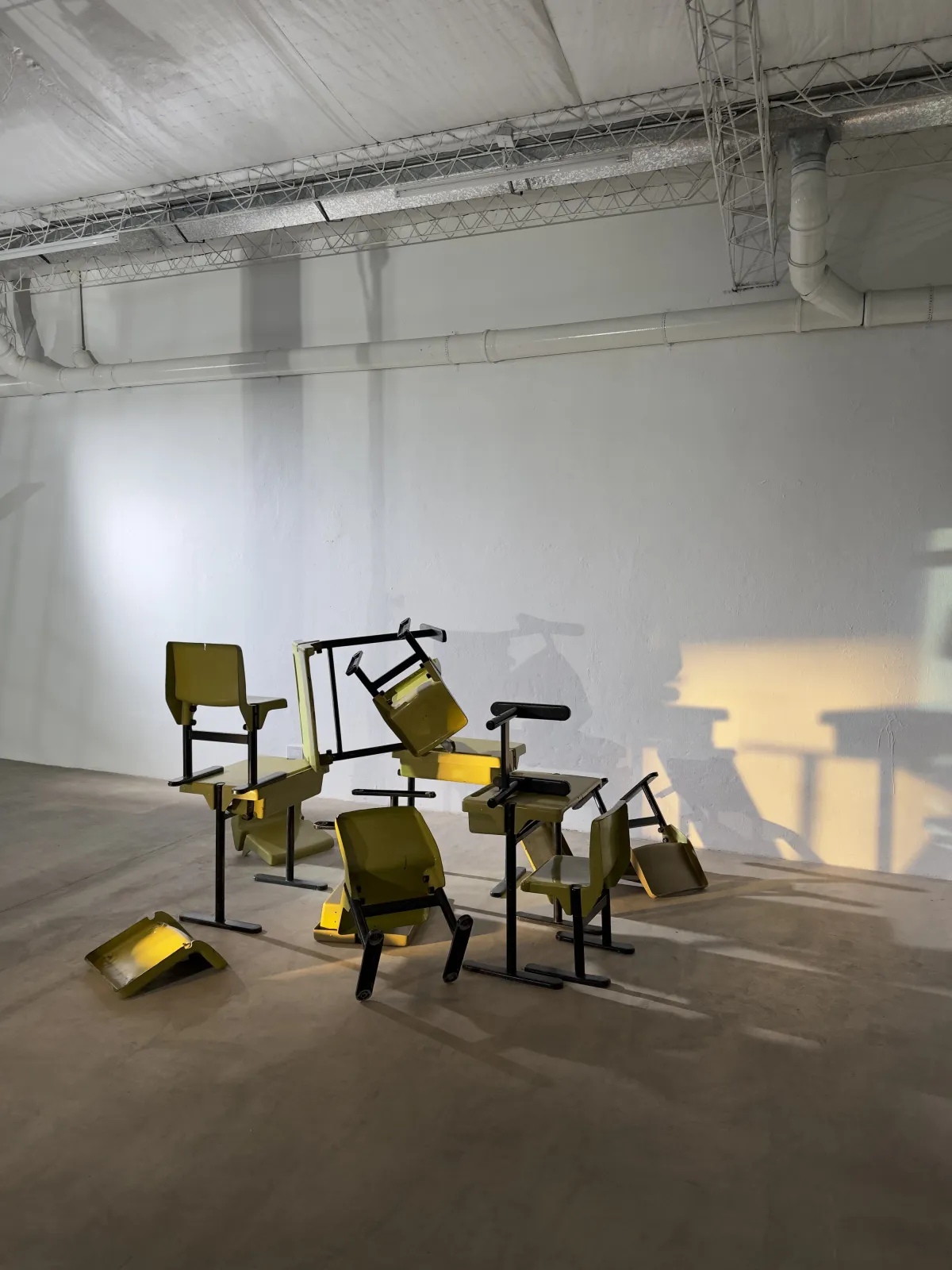
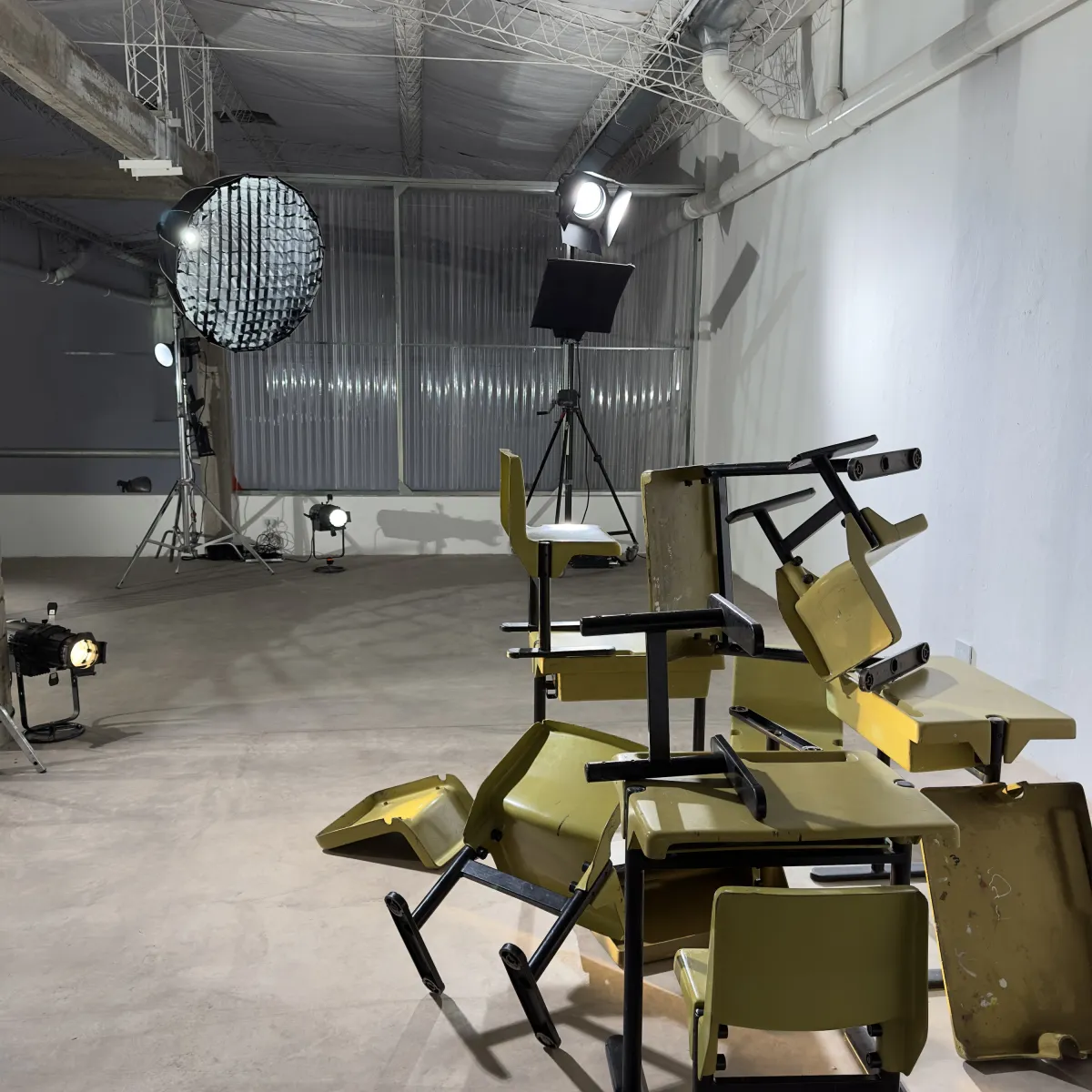

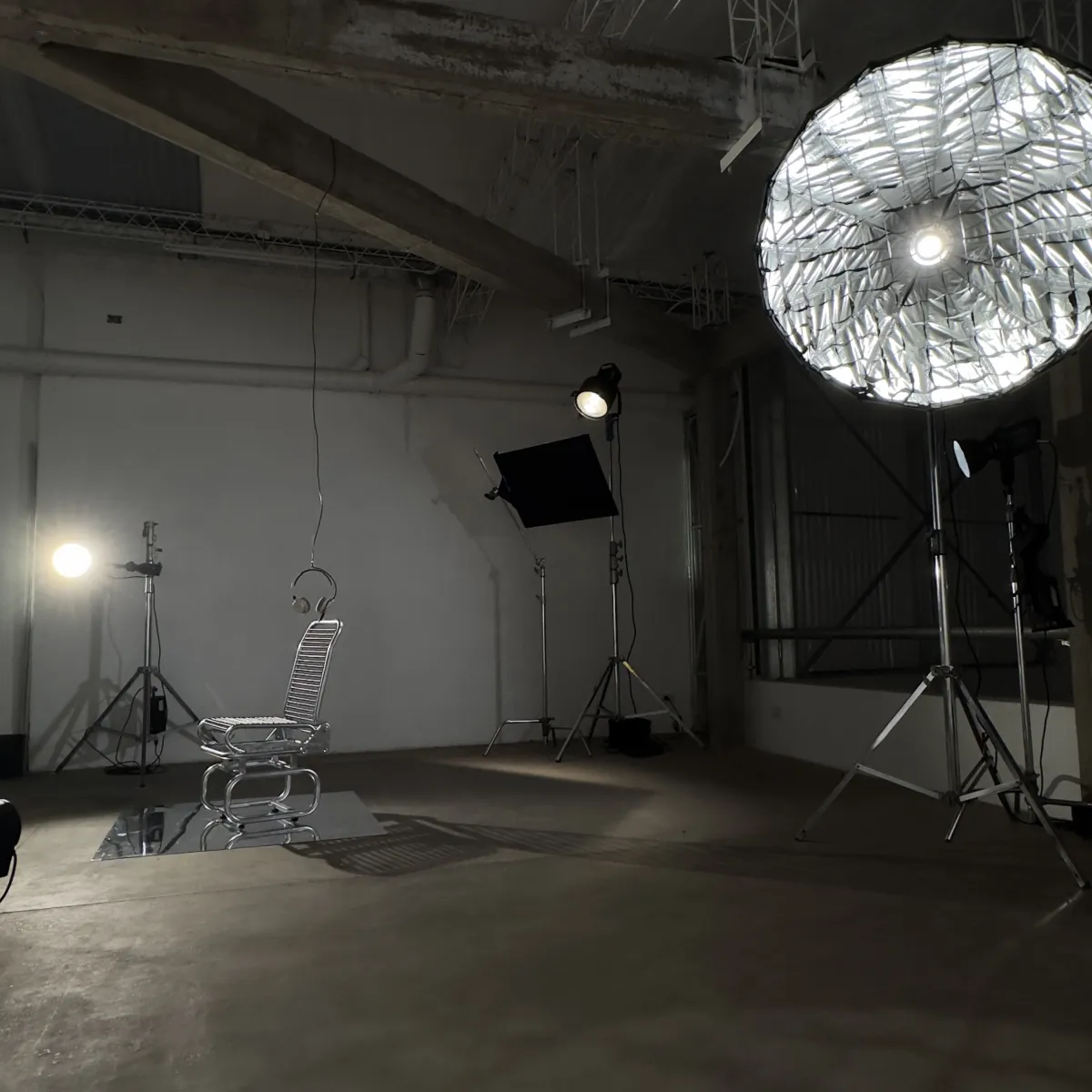
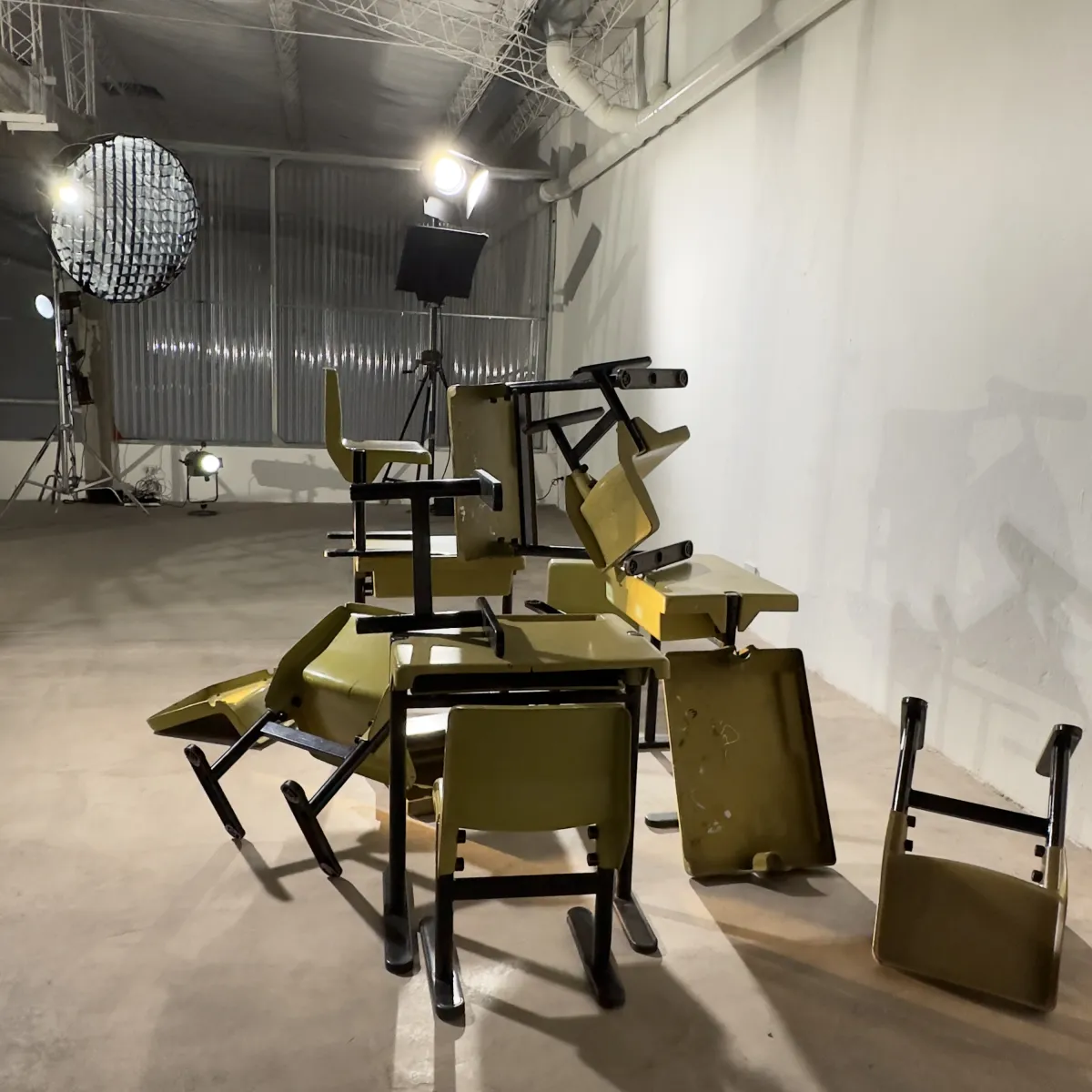
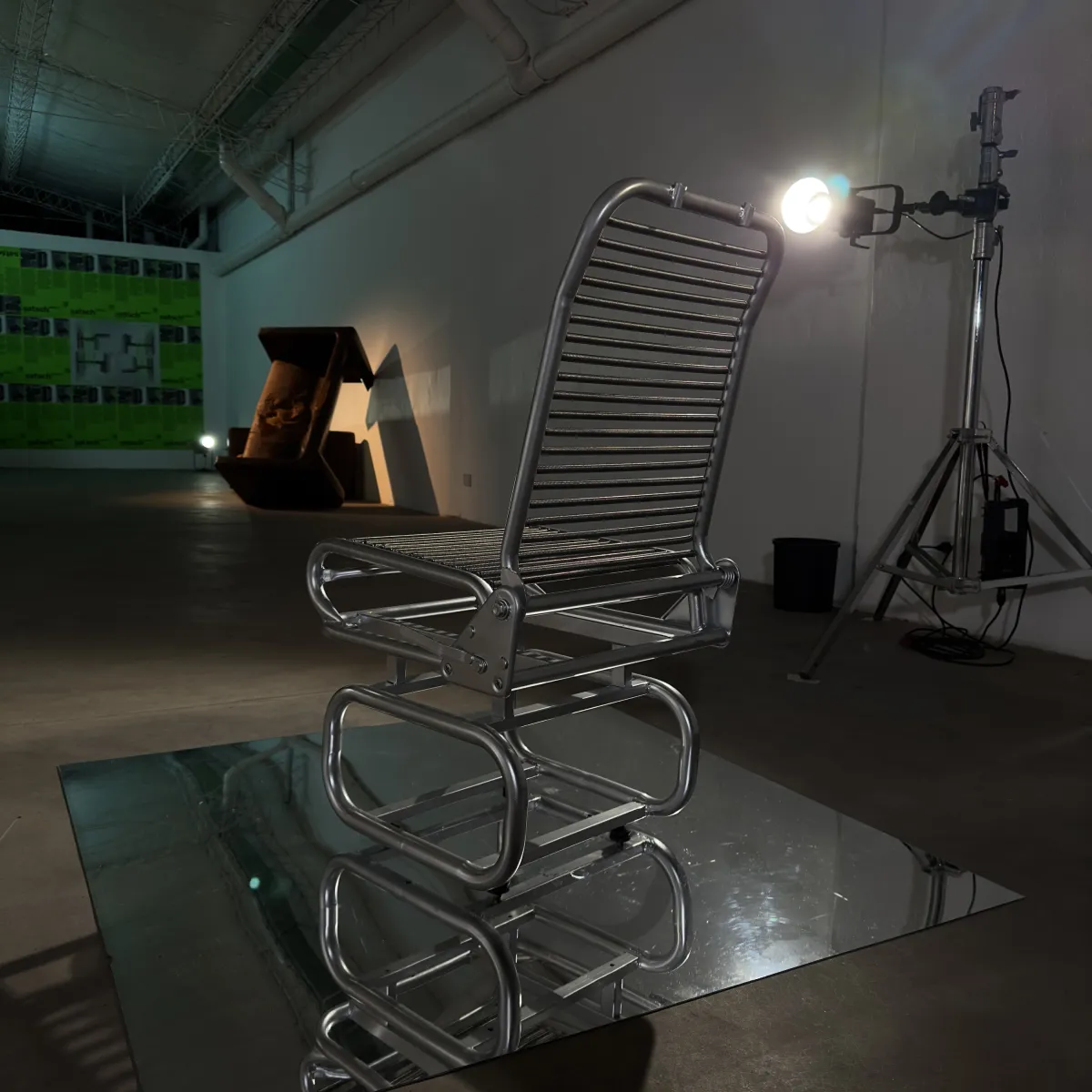
Graphs
